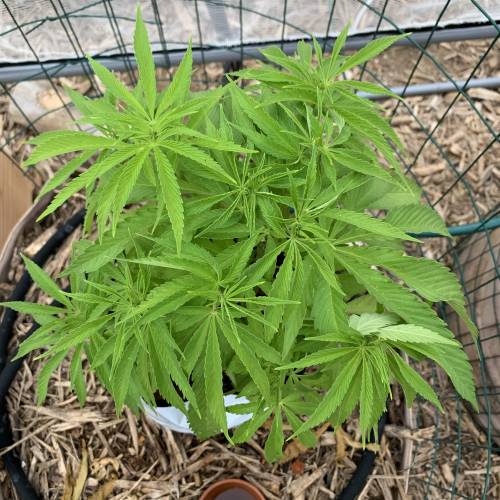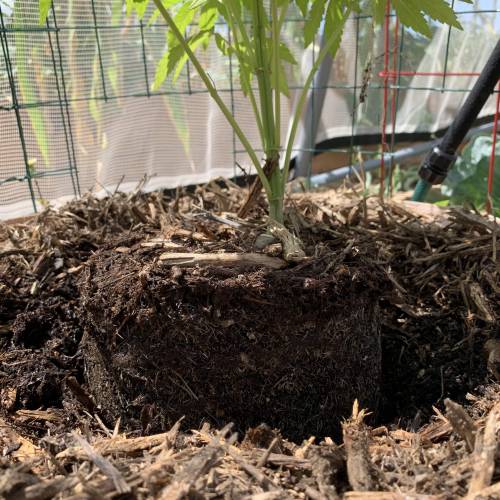deFharo commentedweek 15y ago
Buenas técnicas de cultivo, felicidades.
¿No necesitan las micorrizas raíces para prosperar?
Yo hago semilleros de micorrizas con arroz o coco fresco, una vez que he conseguido el crecimiento del hongo en este medio, lo deshidrato y guardo para futuros cultivos.
like 1



















































































